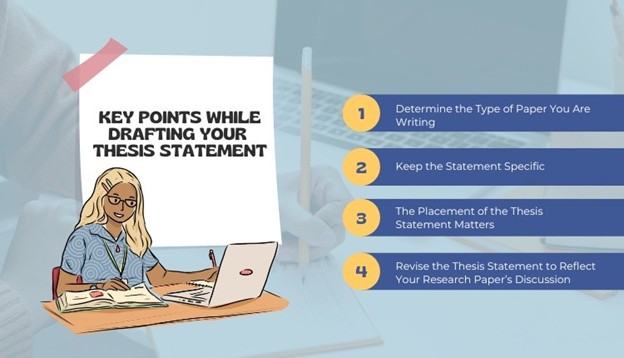Introduction:
Brand attitude refers to the overall evaluation of a brand based on the individual’s beliefs, feelings, and behavioral intentions towards the brand. It is an essential aspect of consumer behavior and marketing, as it influences the purchase decisions of consumers. In this essay, we will explore the concept of brand attitude, its sub-concepts, and how it is measured. We will also discuss criticisms and limitations of this concept.
Sub-Concepts of Brand Attitude:
The sub-concepts of brand attitude include cognitive, affective, and conative components. The cognitive component refers to the beliefs and knowledge about the brand, including its features, attributes, and benefits. The affective component represents the emotional response of the consumer towards the brand, such as feelings of liking, disliking, or indifference. Finally, the conative component represents the behavioral intention of the consumer towards the brand, such as the likelihood of buying or recommending the brand to others.
Measurement of Brand Attitude:
There are several ways to measure brand attitude, including self-report measures, behavioral measures, and physiological measures. Self-report measures are the most common method of measuring brand attitude and involve asking consumers to rate their beliefs, feelings, and behavioral intentions towards the brand using a Likert scale or other rating scales.
One of the most widely used self-report measures of brand attitude is the Brand Attitude Scale (BAS), developed by Richard Lutz in 1975. The BAS is a six-item scale that measures the cognitive, affective, and conative components of brand attitude. Another commonly used measure is the Brand Personality Scale (BPS), developed by Jennifer Aaker in 1997, which measures the personality traits associated with a brand.
Criticism of Brand Attitude:
One criticism of brand attitude is that it is too simplistic and does not account for the complexity of consumer behavior. Critics argue that consumers’ evaluations of brands are influenced by a wide range of factors, including social and cultural factors, brand associations, and personal values. Therefore, brand attitude alone may not be sufficient to explain consumers’ behavior towards a brand.
Another criticism of brand attitude is that it may be subject to social desirability bias. Consumers may give socially desirable responses to questions about their attitude towards a brand, rather than their genuine beliefs and feelings. This bias may result in inaccurate measurements of brand attitude.
Conclusion:
Brand attitude is an essential concept in consumer behavior and marketing. It refers to the overall evaluation of a brand based on the individual’s beliefs, feelings, and behavioral intentions towards the brand. The sub-concepts of brand attitude include cognitive, affective, and conative components. There are several ways to measure brand attitude, including self-report measures, behavioral measures, and physiological measures. The Brand Attitude Scale (BAS) and the Brand Personality Scale (BPS) are two commonly used measures of brand attitude. However, the concept of brand attitude is not without its criticisms, including its simplicity and susceptibility to social desirability bias. Despite these criticisms, brand attitude remains a valuable concept for understanding consumer behavior and developing effective marketing strategies.
References:
Aaker, J. (1997). Dimensions of brand personality. Journal of marketing research, 34(3), 347-356.
Lutz, R. J. (1975). Changing brand attitudes through modification of cognitive structure. Journal of consumer research, 1(4), 49-59.
Punj, G. N., & Stewart, D. W. (1983). An interactionist approach to the theory of brand choice. Journal of Consumer Research, 10(3), 281-299.
Questionaire
The Brand Attitude Scale (BAS) is a self-report measure used to assess the cognitive, affective, and conative components of brand attitude. The scale consists of six items, each rated on a seven-point Likert scale ranging from 1 (strongly disagree) to 7 (strongly agree). The complete BAS is as follows:
- I believe that the [brand name] is a high-quality product.
- I feel positive about the [brand name].
- I would recommend the [brand name] to others.
- I have confidence in the [brand name].
- I trust the [brand name].
- I would consider buying the [brand name] in the future.
To score the BAS, the scores for each item are summed, with higher scores indicating a more positive brand attitude. The possible range of scores on the BAS is from 6 to 42, with higher scores indicating a more positive brand attitude. The reliability and validity of the BAS have been established in previous research, making it a widely used and validated measure of brand attitude.
